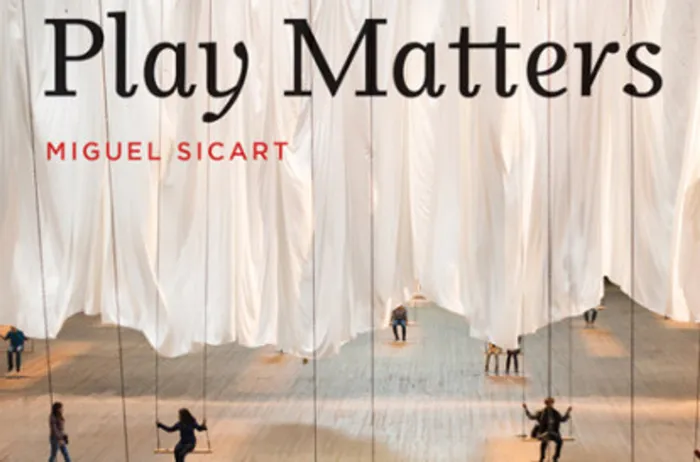More ‘playful zones’ needed to help create new worlds

Rory Williams
I remember, when I was growing up, seeing a sign in a park that said, “please walk on the grass”. It was a memorable moment that was both delightful and sad.
Delightful that such a small thing could inspire playfulness and remove constraints on how we use public space, and sad because it showed how the design of our cities, and the normal rules that govern how we behave, are so restricting that we have to be told when we can step off the path.
I have written before that the design of urban space can, if done well, guide us in ways that open up new possibilities. Great design invites us to try new things by making us aware of “playful zones” or by making it clear what kinds of things are permitted – or not.
This is something to strive for, because the more public spaces are designed to accommodate a wide range of people and activities, the more open and welcoming the city as a whole will feel.
However there is a challenge in trying too hard to create structured environments. The physical structure of the city is part of the rules governing our behaviour, and rules tend to control rather than enable.
It’s easier to add rules and add “things” to the environment than to free us to create our own possibilities.
It’s like the difference between games and undirected play, and the difference is important for encouraging people to own their city in the sense of feeling free to use it and shape it to their own purposes while developing it as a public commons.
This idea that we can own something while maintaining its shared value is something we don’t explore enough.
Many of us spend considerable time engaged with games, either watching them (sports) or playing them in our homes and gardens and parks and on our mobile phones. Businesses often “gamify” their transactions with us as a way to keep us interacting with them. Games have clearly defined rules and goals that – in most cases – set up the action so that an individual or a team will win or lose or beat their previous “personal best”, or buy a product or service.
In that sense, being in the city is like being part of a game, with rules and intended outcomes. And, like most games, changing the rules is a no-no.
But free play is different. By playing, we create our own reality. We construct new worlds in our minds and in the space around us. We toy with ideas, with doodles, with plastic bricks. Sometimes we do it alone, other times we collaborate, and we usually make it up as we go along.
We can play a game, but most games have no intent to create or to change anything. When we engage in play that is directed by our imagination rather than by a set of rules, we are creating something new, even if it is just in our mind.
Removing the rules, then, doesn’t just allow us to do more things, it allows us to imagine new possibilities. And, having imagined them, we might be more inclined to try to create them.
I would love to see this idea spread to more pieces of the puzzle that makes up a city. We should stir in a bit of play with the more earnest parts of our lives. But the space for play is being diminished as we counter risks with greater control. Any play outside our own homes becomes something left to tightly curated activities designed by organisations that put on events that allow what is deemed (by who?) to be “safe”.
The quality of play is reduced by the rule-based gamification of our interactions. We forget about free-form undirected play, or we begin to think it’s simply not allowed.
Miguel Sicart, author of Play Matters, writes in Wired Magazine: “Play cannot be surrendered to other purposes. It is not negotiable, a way of being in the world as empowered, creative individuals. To play is to make the world ours on our own terms.”
Can we expand the domain of real play that helps create better shared places because they are ours? What rules can we rewrite to create new ways of owning the city? How many of our rules are just conventions that don’t really do anyone any good? Is a bit of anarchy so bad?
@carbonsmart